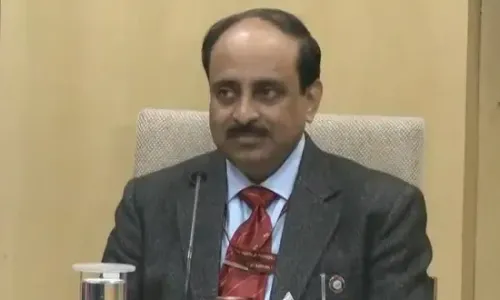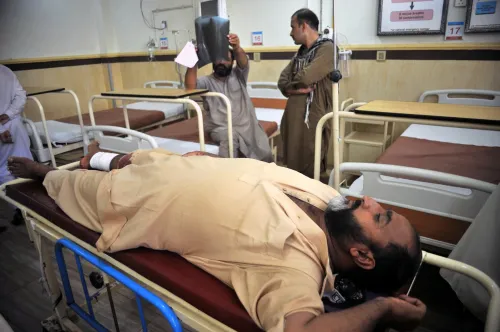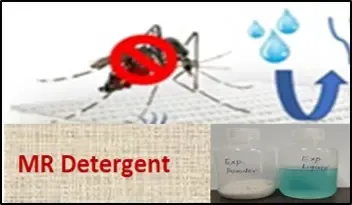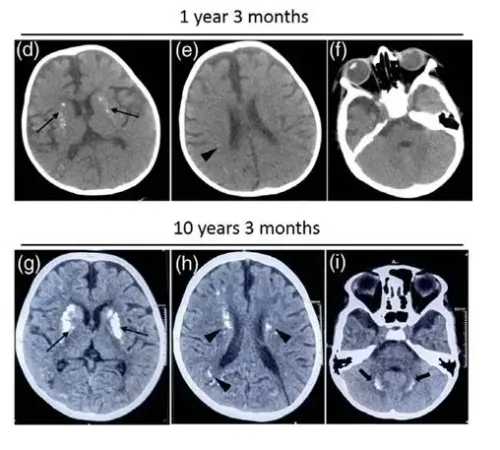Will India Harness AI and Real-Time Analytics for Enhanced Disease Surveillance?
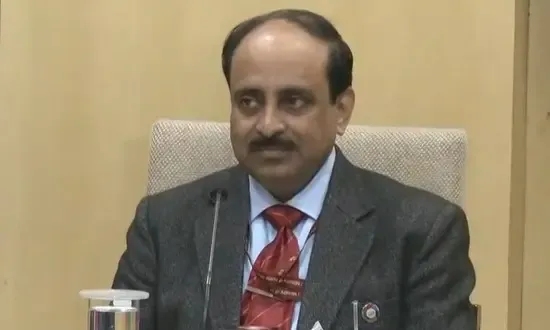
Synopsis
Key Takeaways
- India is utilizing AI and real-time analytics for disease surveillance.
- The initiative aims to shift from reactive to predictive surveillance.
- The Media Scanning and Verification Cell enhances outbreak detection.
- Collaboration with multiple ministries and institutions is crucial.
- Metropolitan Surveillance Units are pivotal for real-time monitoring.
New Delhi, Nov 28 (NationPress) In a groundbreaking initiative aimed at fortifying public health security, India is poised to harness Artificial Intelligence (AI), real-time data analytics, and digital intelligence platforms to enhance disease surveillance, according to statements made by officials at the National Centre for Disease Control (NCDC) on Friday.
This significant transformation seeks to considerably improve the nation's capability to detect outbreaks before they escalate, facilitating quicker decision-making, swift responses, and proactive containment measures.
"Our ambition is to unify all disease reporting systems into a single surveillance framework under the umbrella of the integrated health information portal. We are also transitioning from a reactive to a predictive surveillance model," explained Dr. Ranjan Das, Director of NCDC, during an interview with IANS.
Dr. Das further mentioned the collaboration with various ministries and institutions to bolster disease surveillance.
"We will be leveraging technology in partnership with several ministries, as well as various scientific and technological institutions across the country, including ISRO, the Institute of Science in Bangalore, and the multiple IITs," he added.
The initiative builds upon the impressive success of AI-driven event surveillance systems already in operation under the Integrated Health Information Platform (IHIP) of IDSP.
The AI-enabled tool, known as the Media Scanning and Verification Cell (MSVC), examines millions of online news articles daily across 13 Indian languages, extracting structured data on health events, including disease type, location, and scale.
Since 2022, the system has analyzed over 300 million news articles, identifying more than 95,000 unique health-related events—a remarkable 150 percent increase in detection capability compared to manual systems, alongside a 98 percent reduction in workload for surveillance teams.
This transformative technology, referred to as Health Sentinel, serves as a "digital watchdog," automatically detecting unusual spikes in diseases such as dengue, chikungunya, and other public health hazards, which are subsequently verified by experts for accuracy.
"Transforming from a reactive approach to an anticipatory one—the future of disease surveillance in India is now driven by data, intelligence, and predictive analytics," stated Dr. Das alongside Dr. Himanshu Chauhan, Additional Director (Head of the Integrated Disease Surveillance Programme, IDSP), during a media interaction.
"The transition to predictive surveillance will utilize these robust analytical abilities to forecast disease patterns and facilitate intervention even before the initial case is reported, marking a pivotal advancement in India's pandemic preparedness," the officials remarked.
Moreover, this transition is supported by the newly established Metropolitan Surveillance Units (MSUs) under the PM-Ayushman Bharat Health Infrastructure Mission (PM-ABHIM), which has showcased exemplary real-time surveillance capabilities.
Officials highlighted a recent instance in which the MSU in Nagpur swiftly alerted the Central Surveillance Unit about suspected pediatric Acute Encephalitis Syndrome (AES) cases in Chhindwara district, Madhya Pradesh.
This prompt action enabled rapid collaboration among stakeholders, leading to a swift expert deployment by the National Joint Outbreak Response Team (NJORT) in partnership with ICMR, NIE, and CDSCO, facilitating immediate field response.
"This case underscores the evolving capabilities of India’s surveillance framework to quickly identify unusual clinical patterns and instigate early intervention—even within complex urban health environments. This strategy also emphasizes the collaborative surveillance efforts that IDSP and NCDC are advancing," the officials concluded.

